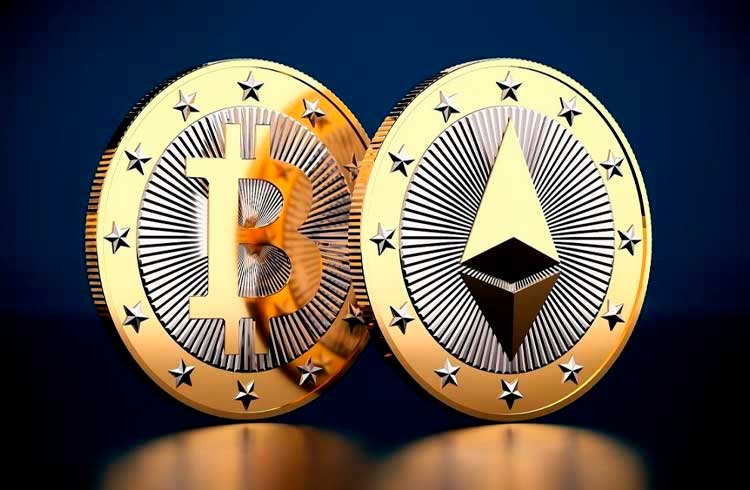Understand the main differences and similarities between the world’s major crypto assets and their respective networks.
To invest in a cryptocurrency, it is important to understand the context and the purpose for which it was created. Discovering the attributes of a digital asset and knowing its characteristics can prevent future regrets.
Bitcoin is the world’s first digital currency and emerged in 2008 when the famous whitepaper for this protocol was published. This document details what Bitcoin is and was sent via email to a list of people interested in cryptography.
This document was created by Satoshi Nakamoto – a person or a group of people, nobody knows, whose identity remains a mystery to this day.
The fact is that Bitcoin is an electronic cash system that does not require traditional institutions, such as private banks and governments, for people to make transfers and payments. It is precisely because of this that bitcoin and its decentralized network are considered an alternative to the traditional financial system. But, in reality, the two are more complementary than anything else.
Well, if there is no central bank involved, how are transactions validated? Bitcoin is based on an extremely secure technology called Blockchain, which is nothing more than a decentralized ledger that records all transactions that have ever occurred on this network. That is, the blockchain registers information such as: how many coins, who sent, who received, when this transaction was made, among other data.
And what guarantees that this information is true? A public information system distributed among millions of participants and miners, who are responsible for ensuring that the network’s consensus mechanism continues to function, through the authentication of network transactions and the validation of new blocks of information for the blockchain.
Well, the fact is that after its emergence, bitcoin went through a series of price evolutions. In May 2010, the asset was priced for the first time when it was used to purchase two pizzas. 10,000 bitcoins were spent in exchange for two pizzas worth 50 dollars.
The following year, bitcoin achieved parity with the dollar for the first time in history, meaning 1 BTC = 1 dollar. In July 2016, it was already worth 665 dollars. In 2019, 11,800 dollars. In July 2021, the crypto asset’s peak reached 42,400 dollars.
The factors that motivated market interest in the asset evolved over time. If before it was taxed as an anonymous way to transfer value around the world via the internet, today it is seen by major investors as an important global store of value.
Finally, above all, bitcoin was the first crypto asset in history and gave rise to an entire new asset class. Among them, the second most famous: ether.
How did ether emerge?
Ether is the world’s second largest digital asset and has been attracting the attention of major investors due to its growth. Many people believe that ether may even surpass bitcoin in terms of price in the not-too-distant future. It was launched on July 30, 2015, by programmer Vitalik Buterin, a young man who was only 21 years old at the time.
It was worth 70 cents of a dollar in August 2015, almost 14 dollars in July 2016, 290 dollars in July 2019, and over 2,500 dollars in July 2021.
Ether is the means of payment within the platform called Ethereum and is used to pay for transaction records and systems that rely on its technology. These systems, known as smart contracts, automate the relationships between the parties involved in a given transaction. It is also possible to create this type of system with the Bitcoin network, but with Ethereum, smart contracts can create much more complex systems and are developed in a much simpler way.
Just like Bitcoin, the Ethereum network uses blockchain technology to record movements that occur on the network and currently relies on a structure similar to that of the market’s main crypto asset to record them in its ledger.
Unlike bitcoin, the supply of ether is not yet limited, and new tokens can be created according to demand, but the protocol is already moving towards drastically reducing its issuance.
Another major difference is that the Ethereum platform receives frequent and mandatory updates, while Bitcoin is updated less frequently and new versions are optional. This means that Bitcoin is programmed to undergo fewer changes than Ethereum over the years.
Bitcoin and ether are similar digital currencies in terms of usage: they have blockchain, mining, and do not have a central controller, but the assets have different functions within the same universe. Bitcoin functions as a scarce asset within the digital environment while ether functions as a kind of fuel for the recording and operation of smart contracts on the Ethereum network.
That is, the assets are different and do not compete with each other, and besides being of great importance within the universe of crypto assets, both are contributing to an unprecedented change in the functioning of the financial market.
Source: Exame









